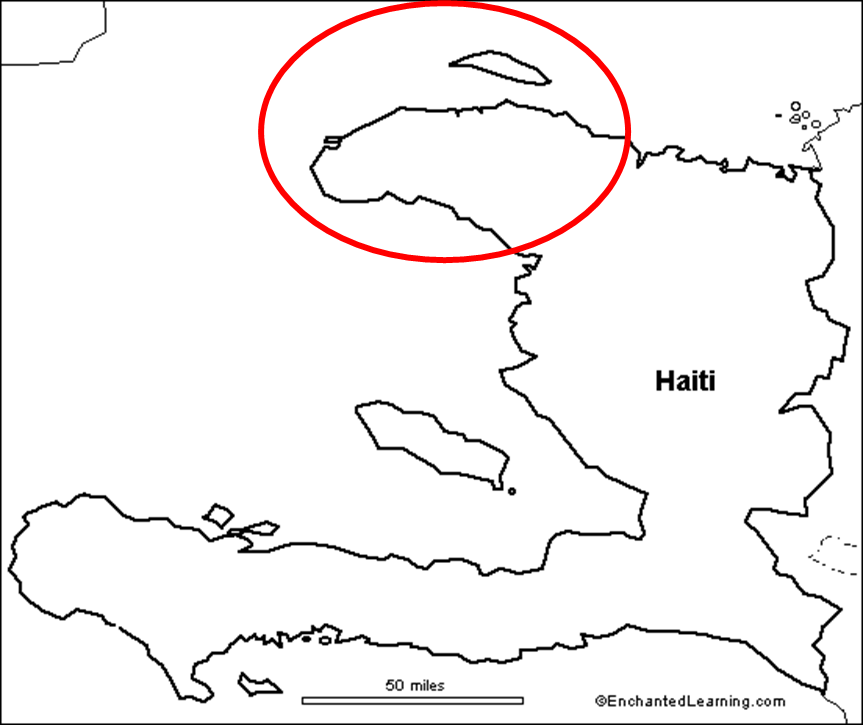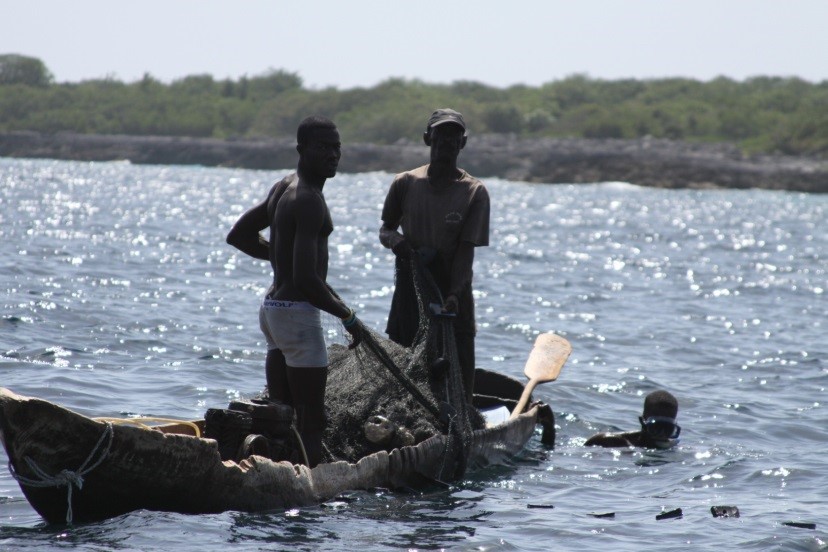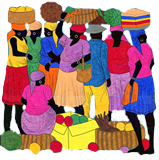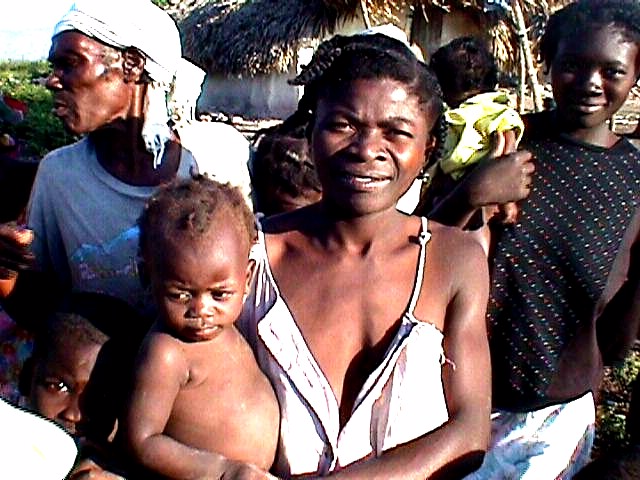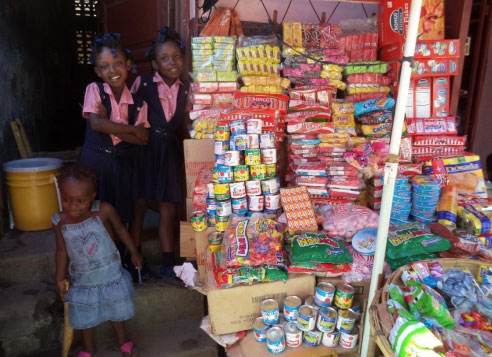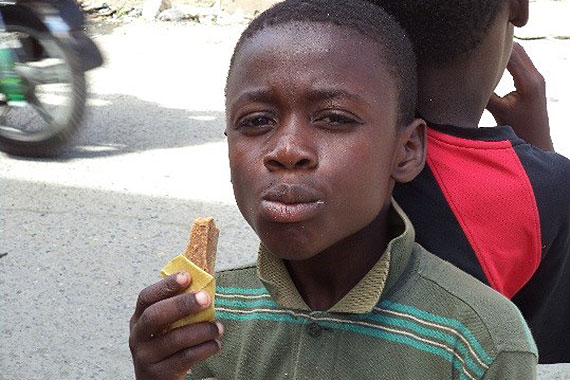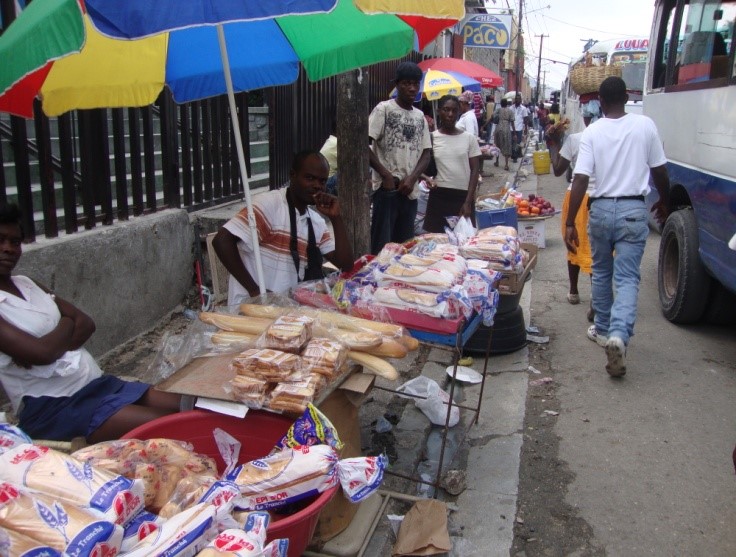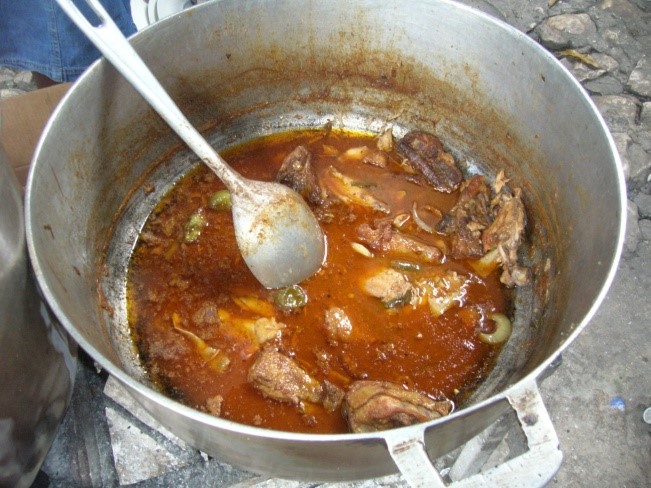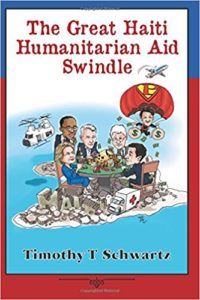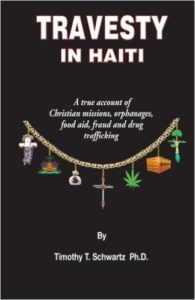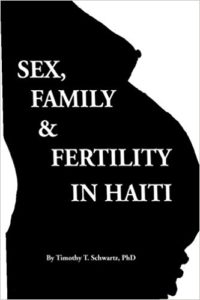North West Haiti Surveys and Report (IFAD 2015)
The objective of this annex was to provide the UN agency IFAD‘s with an entry point for understanding the production and marketing strategies among the targeted beneficiaries in North West, Haiti. There are some 700,000 women, men, and children in the Department of the North West and the commune of Anse Rouge. The majority liveRead More
Fishing in Haiti Surveys and Report (Haitian and German Red Cross 2012)
This study responds to a tender from The German Red Cross (GRC) in partnership with the International Federation of the Red Cross and Red Crescent Societies (IFRC) and the Haitian Red Cross (HRC). The research was conducted under the auspices of Socio-Dig, a Haiti-based research company. The objective was to help inform post hurricane Sandy Livelihoods/Food SecurityRead More
Madam Sara vs. Komèsan: Subsidizing Self Destruction
Originally published in January 2012 on Open Salon Madan Sara The madam sara (or phonetically madan sara) is the itinerant female Haitian market woman. She is the principal accumulator, mover, and distributor of domestic produce in Haiti and as such represents the most critical component in what anthropologists have long called the internal Haitian marketing system, the one upon whichRead More
Microlending in Haiti
Microlending can be understood as the favorite and most promising current NGO activity in Haiti. It fits into the new investment-production-return ideology that donors most appreciate and in which, we are often told, Haitian farmers are eager participants. But there are aspects of the industry that are disturbing and ring of past failure.
Gender in Haiti Report (CARE International 2012)
The quantitative Gender Survey described in this document was conducted under the auspices of Socio-Dig, a Haiti-based research firm. The survey was part of larger evaluation and exploration of gender in Leogane and Carrefour, two communes (counties) near to Port-au-Prince that were among those most heavily impacted by the January 12th 2010 earthquake. Following theRead More
Haitian Food Consumption Patterns: Part 1
This is the first of a two-part study that was originally funded by the American Peanut Council (APC), and sub-contracted through EDESIA, a social enterprise with the goal of preventing malnutrition among the world’s most vulnerable children through production of Ready-to-Use Therapeutic Foods. Information and excerpts from this report were used in a 2015 reportRead More
Haitian Food Consumption Patterns: Part II
This is the second part of a two-part study that was originally funded by the American Peanut Council (APC), and sub-contracted through EDESIA, a social enterprise with the goal of preventing malnutrition among the world’s most vulnerable children through production of Ready-to-Use Therapeutic Foods. Information and excerpts from this report were used in a 2015Read More
Wheat Bread in Haiti Report (World Vision 2010)
This report was part of USAID Bellmon analysis. It was commissioned by World Vision after the 2010 earthquake to prepare the way for a shipment of 19,000 tons of wheat flour. The earthquake of January 12th 2010 destroyed Haiti’s only mill, Le Moulin d’Haiti (LMH). The mill owners estimate that the it will take atRead More
Edible Oil in Haiti Report (ACDI-VOCA 2009)
In 2008, with the approval of USAID Food For Peace officers, ACDI/VOCA initiated preparations for the monetization of a small lot of soy oil. The objective was to launch a pilot project that would explore a broadening of the income stream to Title II programs in Haiti. Whatever, it provides some useful data on edibleRead More
